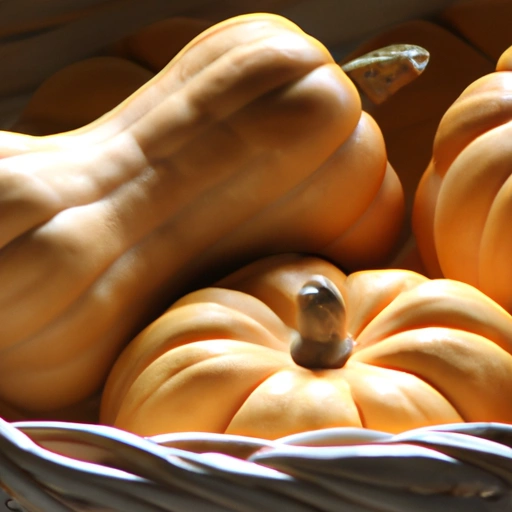Winter Squash
Description

Winter squash is a term that refers to a group of squash varieties that are harvested in the mature stage, when they have hard, thick skins and seeds that have fully developed. They are known for their robust flavors and can be stored for long periods, making them a staple ingredient in fall and winter cooking. Unlike summer squash, which are harvested while the skin is still soft and edible, winter squash requires cooking to soften its flesh.
Common uses
Winter squash is commonly used in a variety of dishes, from sweet to savory. It can be baked, roasted, steamed, and puréed, often found in soups, stews, casseroles, pies, and more.
Nutritional value
Calories
Winter squash is low in calories, providing roughly 75 calories per cup (205 grams / 7.2 oz).
Protein
It offers about 1.8 grams of protein per cup (205 grams / 7.2 oz).
Fat
Winter squash is low in fat, with less than 0.2 grams of fat per cup (205 grams / 7.2 oz).
Carbohydrates
It is rich in carbohydrates, comprising about 18 grams per cup (205 grams / 7.2 oz).
Vitamins
This squash is an excellent source of vitamin A, providing over 100% of the daily value, and also contains vitamin C and E.
Minerals
It is rich in minerals such as potassium, magnesium, and manganese.
Health benefits
Winter squash is beneficial for eye health due to its high vitamin A content, supports immune system function with its vitamin C, and can aid in managing blood sugar levels thanks to its fiber content. Its antioxidants also help in reducing inflammation and promoting overall health.
Potential risks
For individuals with certain allergies or digestive issues, winter squash may cause adverse reactions. It is also high in carbohydrates, which may need to be monitored by those managing blood sugar levels.
Common recipes
Winter squash is featured in recipes like roasted squash, butternut squash soup, stuffed acorn squash, and pumpkin pie.
Cooking methods
Popular cooking methods include roasting, steaming, boiling, and sautéing. Squash can also be microwaved or slow-cooked.
Pairing with other ingredients
It pairs well with spices like cinnamon, nutmeg, and sage, as well as other fall produce like apples and sweet potatoes.
Summary
Winter squash is a flavorful and nutritious vegetable that has been part of human diets for millennia. With its rich history, numerous health benefits, and versatility in cooking, it's an excellent ingredient to incorporate into meals. Whether it's in a warming soup or a festive pie, winter squash is a delightful addition to any dish.